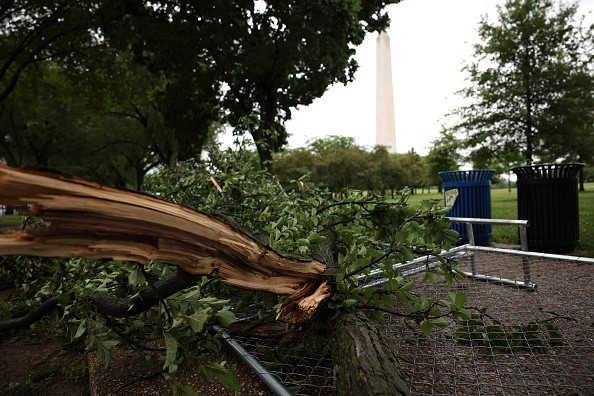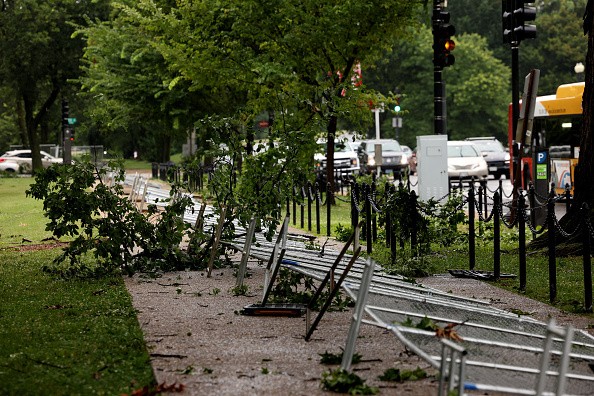One of the major hot spots for severe thunderstorm activity, mostly tornadoes, worldwide is the eastern part of the U.S. The typical explanation for this result is the combination high geographical area to the west and the Gulf of Mexico to the south.

Severe thunderstorms
A study carried out in the Climate and Extreme Weather Laboratory of Purdue University's College of Science in the Department of Earth, Atmospheric, and Planetary Sciences largely reverses one half of this well-established hypothesis.
Scientists made use of a global climate model to carry out climate simulation experiments checking this hypothesis. It was done by either making the North American terrain flat or using land to "fill in" the Gulf of Mexico.
The study reveals that the possibility for severe thunderstorms strongly relies on upstream raised terrain but shockingly powerless on the Gulf of Mexico. Getting rid of elevated terrain greatly decreases severe thunderstorm environments mostly over the continental interior, connected with an atmosphere that is cooler and drier.
Also Read: Footage: Dangerous Tornadoes Rip Across Colorado in the Middle of Severe Thunderstorms
Hot Spot for Severe Thunderstorm and Tornado
Substituting the Gulf of Mexico with land basically moves severe thunderstorm environments a little bit towards the east from the central Great Plains into Illinois. Although it does diminish them over southern Texas.
This study made it clear that scientists have a lot to learn concerning the reason North America is a hot spot for both severe thunderstorms and tornadoes. And in general, how severe weather may alter in time to come because of climate change worldwide.
Officially, severe thunderstorms are defined as storms that can be able to produce hail that is one inch or bigger or wind gusts that is more than 58 mph. Hail having this size can cause damage to property including roofs, plants, and cars.

Effect of Thunderstorm
Wind possessing this type of strength can break off large branches, pull down trees, or lead to structural damage to trees. Some severe thunderstorms are capable of producing hail bigger than softballs or winds more than 100 mph. It is advisable to pay attention to the weather so you be aware of the period severe storms are likely to occur.
Thunderstorms are also accompanied by tornadoes and risky lightning; torrential rain that can lead to flash flooding.
A thunderstorm is considered severe if it makes hail not less than three-quarters of an inch in diameter, possesses winds of 58 miles every hour or more, or produces a tornado. If a thunderstorm has these the National Weather Service (NWS) considers it to be severe.
When authorities issue a severe thunderstorm warning, analyze what actions to take when a tornado or flash flood warning is issued. Thunderstorms could happen singly, in lines, or in clusters.
Related Article : Powerful Thunderstorms in the Mid-West Can Cause Winds as Strong as Category 2 Hurricane, Forecasters Warn
For more news, updates about thunderstorms and similar topics don't forget to follow Nature World News!
© 2025 NatureWorldNews.com All rights reserved. Do not reproduce without permission.





